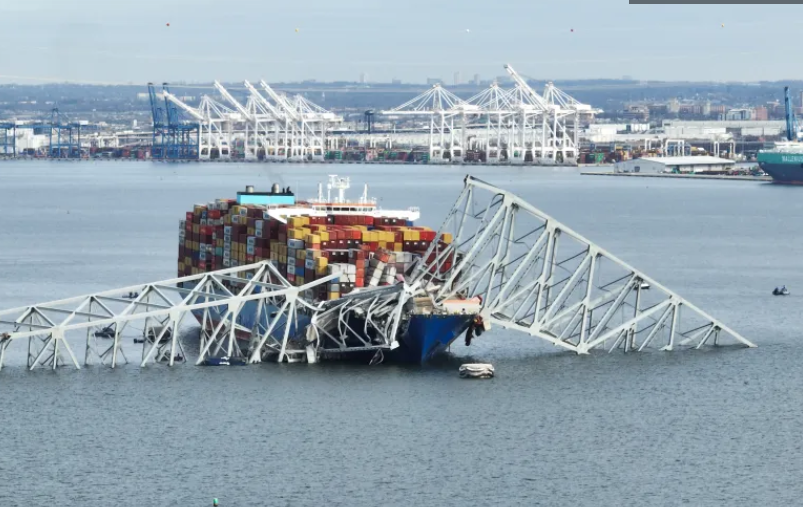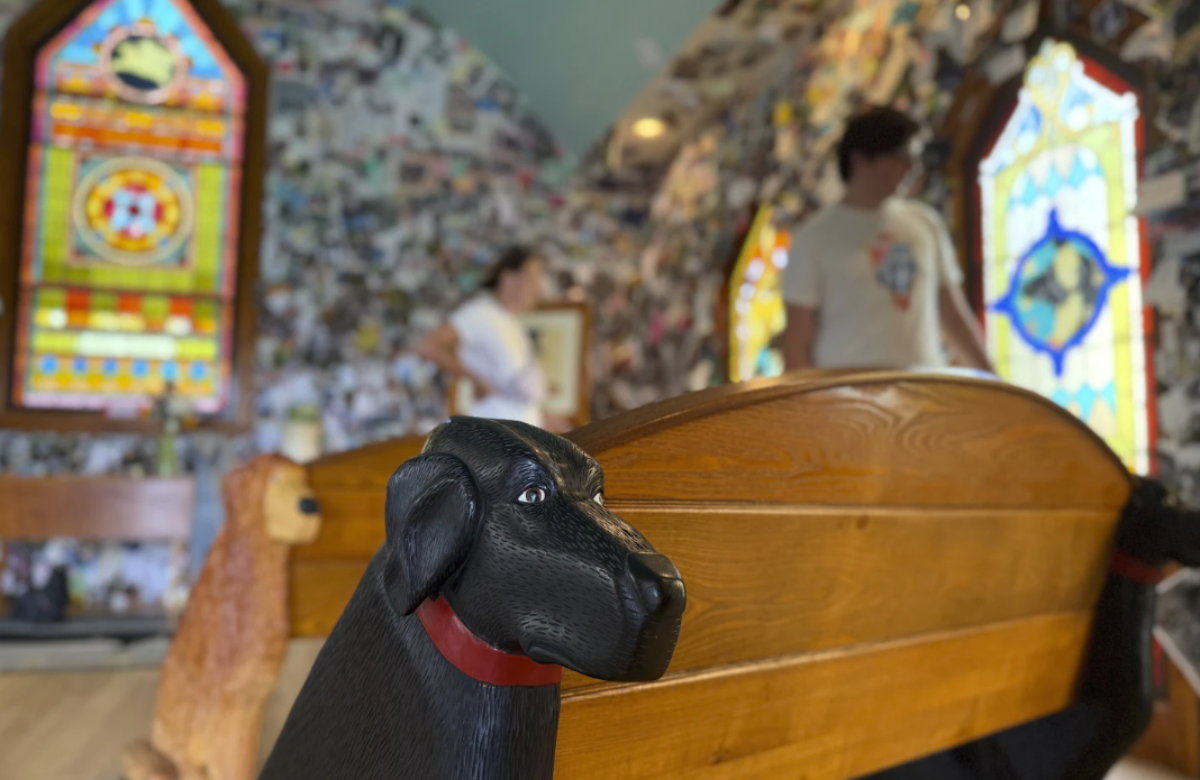Federal investigators have revealed that the Maryland Transportation Authority did not carry out a recommended vulnerability assessment that could have highlighted the Francis Scott Key Bridge’s significant risk of collapsing due to a ship strike, well before the incident occurred last year.
The collapse happened when the massive cargo ship, Dali, lost power, drifted off course, and struck one of the bridge’s support piers. This tragic incident led to the deaths of six construction workers.
National Transportation Safety Board Chair Jennifer Homendy stated on Thursday that Maryland officials could have taken more actions to prevent the disaster.
The update from the board comes almost a year after the collapse, which halted ship traffic through the Port of Baltimore and caused major traffic disruptions in the region. Efforts to rebuild the bridge are already in progress, with plans for a new design that will provide better protection.
When investigators from the National Transportation Safety Board conducted a vulnerability assessment for Baltimore’s Key Bridge, they discovered that the risk of collapse was nearly 30 times higher than the acceptable threshold outlined by the American Association of State Highway and Transportation Officials. This group had established the vulnerability assessment criteria in 1991, requiring it to be used for evaluating all newly designed bridges. In 2009, the group reinforced its recommendation to also conduct such assessments for older bridges.
Had Maryland officials conducted the vulnerability assessment at any point since the recommendation, they could have proactively identified strategies to reduce the risk of collapse and prevent loss of life from a ship collision with the bridge, Homendy stated.
She pointed out that, as of October, the Chesapeake Bay Bridge still hadn’t been assessed, even after the Key Bridge collapse.
“There’s no excuse,” she remarked.
In response, the board issued urgent recommendations, including a report listing 30 bridge owners responsible for 68 bridges across 19 states. Homendy urged them to learn from Maryland’s oversight and conduct these assessments to determine if additional protection is needed.
The Key Bridge, which opened in 1977, was built when ships visiting Baltimore’s port were much smaller, and the standards for pier protection were less stringent. In 1980, a container ship collided with the bridge’s pier protection, but the collision was absorbed by a concrete and timber fendering system. However, the ship that struck the bridge then was about one-tenth the size of the Dali, which tore through similar fenders during the 2023 incident, according to a report from investigators.
While some factors are hard to change for existing bridges, the report emphasizes that vulnerability assessments allow bridge owners to make informed decisions on managing their assets. These assessments help identify bridges vulnerable to ship collisions and assist in prioritizing necessary protection projects alongside other infrastructure needs and risks.
Homendy noted that this isn’t the first time she’s called for these assessments on older bridges across the country. She stated that the board has been raising concerns about this issue since the tragic collapse, including during testimony before the House Transportation and Infrastructure Committee in April 2024.
“We need action,” Homendy emphasized. “Public safety depends on it.”
The board is still investigating the cause of the Dali’s power failure as it neared the Key Bridge. Preliminary findings revealed a loose cable that could have caused electrical problems on the ship. The Dali had experienced two blackouts in the hours leading up to its departure from the Port of Baltimore, bound for Sri Lanka.
Lawyers from the Justice Department later claimed that the ship’s mechanical and electrical systems had been improperly maintained and “jury-rigged.” They cited “excessive vibrations” that may have caused electrical connections to loosen. The lawsuit was eventually settled, with the ship’s owner, Grace Ocean Private Ltd., and its manager, Synergy Marine Group, agreeing to pay more than $100 million for cleanup costs.
The companies, based in Singapore, filed a petition shortly after the collapse, seeking to limit their legal responsibility in what could become the most costly marine casualty case in history.
Homendy stated that the board will release more details from its investigation in the coming weeks and months.















